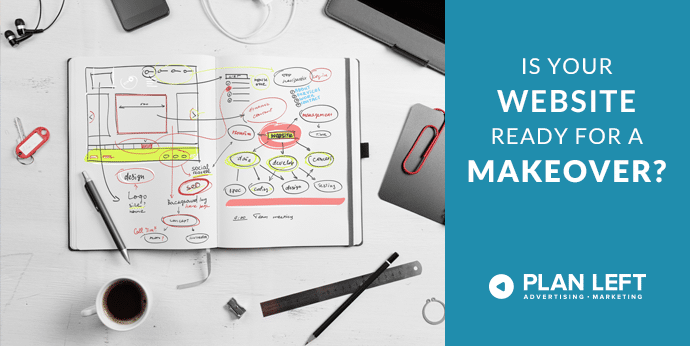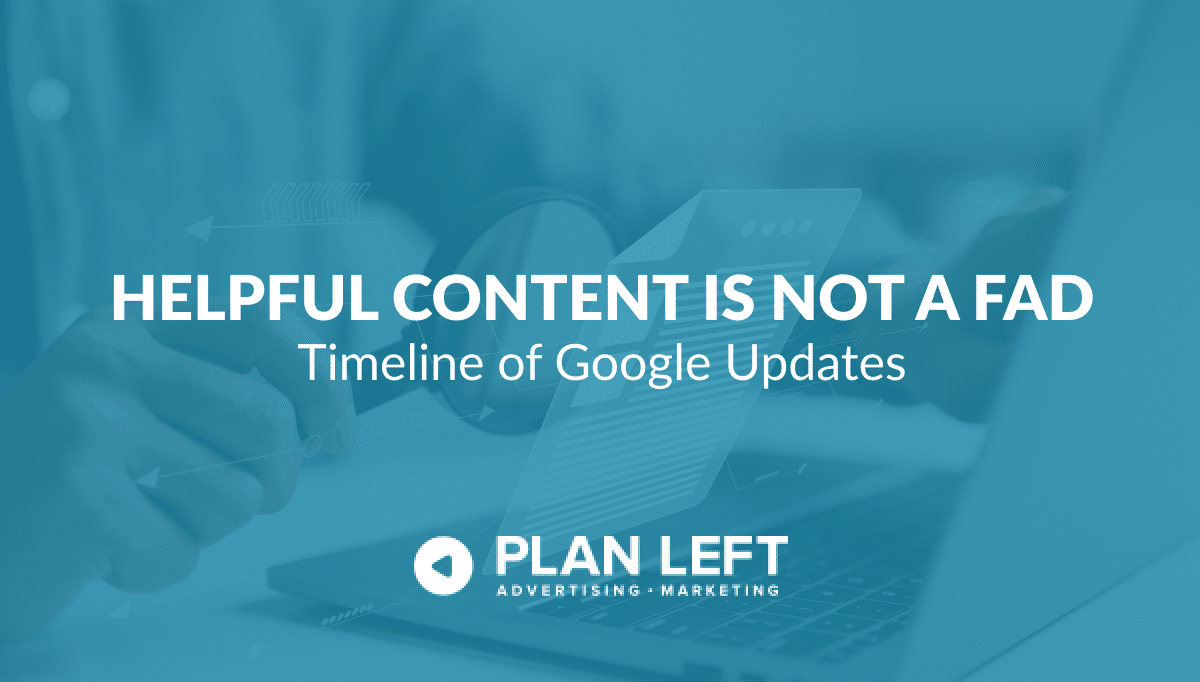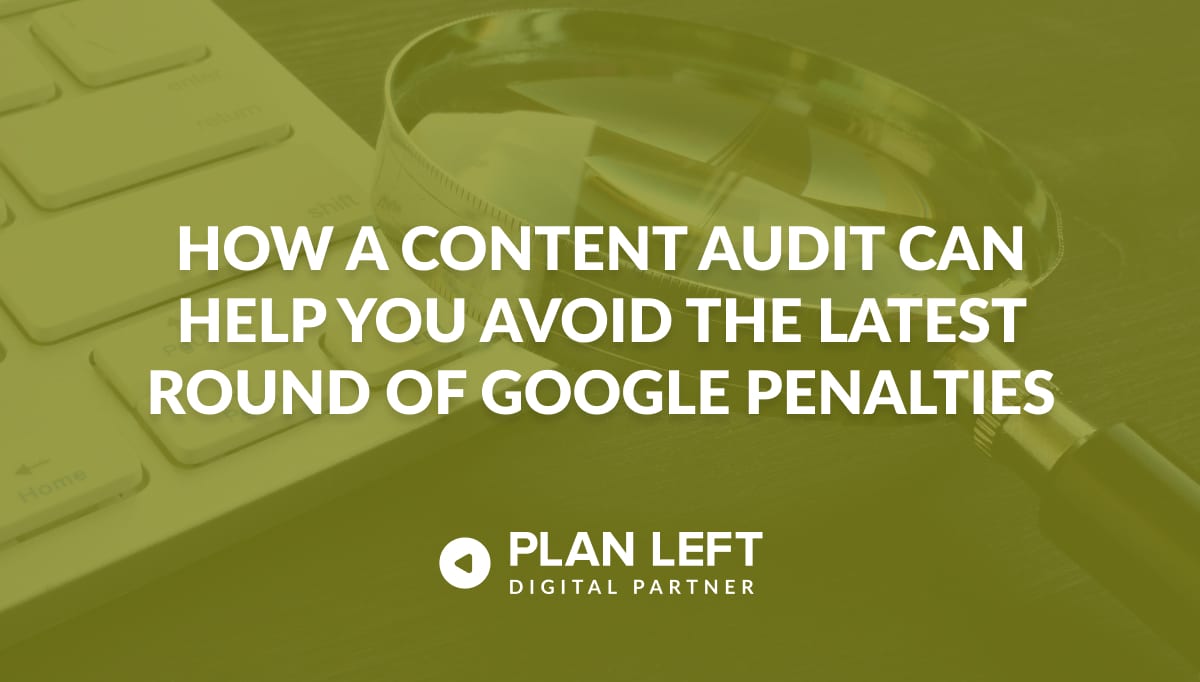
Consumers simply don’t trust businesses with old, outdated, badly designed or hard-to-use websites. If you just spent thousands of dollars on updating and upgrading your website, you’re probably in the clear, right? Well, not exactly. Website development is constantly changing, always providing solutions that focus on user experience. What you paid dearly for just a few short years ago is probably already obsolete. It’s a sad fact, but true.
Before you get discouraged, it’s important to audit your current website. Maybe you just need a few small tweaks to provide a better experience for your customers. Perhaps major changes will help you bring in more business. In some cases, a complete redesign is the only option. The problem is that you, as the business owner, might just be blind to the changes that are needed. After all, you paid a lot for the site you have. It’s probably still beautiful in your eyes.
But your eyes don’t matter. What your customers see when they visit—that’s what prompts conversions. Before you decide that your site is just fine, you need to ask yourself a few questions.
Does Your Site Load Quickly?
Some of the old features of your website might make it clunky and slow now. Visitors might have waited in the past, especially if your website was particularly impressive. Now, however, you’ll lose 25% of your visitors after four seconds of load time. With every second that passes, more and more will bounce.
Many consumers are a little more forgiving with mobile sites, but they still don’t want to wait very long. Only 31% said they expect load times to be a little bit slower, while 25% said it needs to be almost as fast. You can only meet these expectations if you have a mobile responsive website.
Is Your Website Mobile Friendly?
If your website still isn’t mobile responsive, then you’re already suffering in several ways. First, customers who visit on their phones or tablets will leave right away. A non-responsive site is hard to read and navigate. Images and text are too small, links are difficult to click, and the whole page never fits on the screen. Who would stick around when your competitors’ websites are easier to use?
Beyond the user experience, there is also your SEO to consider. Google definitely gives preference to websites that have been designed with mobile devices in mind. While you’re avoiding an upgrade, your site has been moving down in the search rankings.
Is Your Content Fresh?
Your visitors also want to learn new things when they visit your website. If it’s the same old story every time, why would they need to come around more than once? Not only that, but Google also gives preference to websites that update their content on a regular basis. Static websites move down the search rankings, while dynamic, interesting, informative sites take the top spots.
One great way to keep your content fresh is to introduce a blog. If you don’t have a blog or news section yet, then that’s one change you can consider. Changes to your home page also make a big difference with user happiness. If your customers know they’ll get new information every time they visit, they’re more likely to stop by once in a while.
Is Your Site Optimized for SEO?
Many believe that a page title with search terms in it will do the trick. The truth is that SEO is a pretty fluid thing that requires constant attention. Every page on your website needs a meta description, every image needs alt-text, and all the titles and headlines should be optimized. If you’re trying to get by on a one-size-fits-all SEO method, you’re already failing.
Also, there are no gimmicks or tricks that will help you rise to the top of the rankings. If you trust someone who’s offered to get your site in the top five, then you’re already suffering the consequences and just don’t know it. SEO takes a lot of hard work and dedication, with plenty of attention to detail. If you’re not actively working on it, then you can be sure it’s not working for you.
Do You See Conversions?
Visitors to your website are great, but customers are better. Does your website actively work to convert those visitors into paying customers? If not, then you may need a few tweaks here and there.
Calls-to-action are the best way to get visitors to commit. You can lead them through the buyer’s journey on your website so that they’re very receptive to your products and services before you even speak to them. Changing CTAs that lead to different content on your site will help you convert all of your website visitors one click at a time.
If you answered no to any of these questions, then you should reach out to us right away. Yes, making changes will cost money, but you have to constantly invest in your company if you want to keep growing. You deserve the best, and so does your business.
Explore Latest Posts
Google says the quality of your webpage is a ranking factor, but what is ‘quality’ according to Google? That would ... read more
April 19, 2024
In 2011, Google first changed how content was written with the Panda Update by changing how keywords could be used ... read more
April 17, 2024
The latest Google algorithm changes have shaken the search marketing world. While the Google Spam update has finished, the Google ... read more
April 16, 2024
MARKETING insights
Join the Thousands Who Receive Our Twice-Monthly Newsletter.
It's hard to keep up. Our newsletter is packed with buyer behavior insights, the latest marketing and technology updates, work/life balance tips, and—because we ❤️ our support staff—adorable pets looking for forever homes. Only twice per month. No clogged inboxes. You can't say no.





